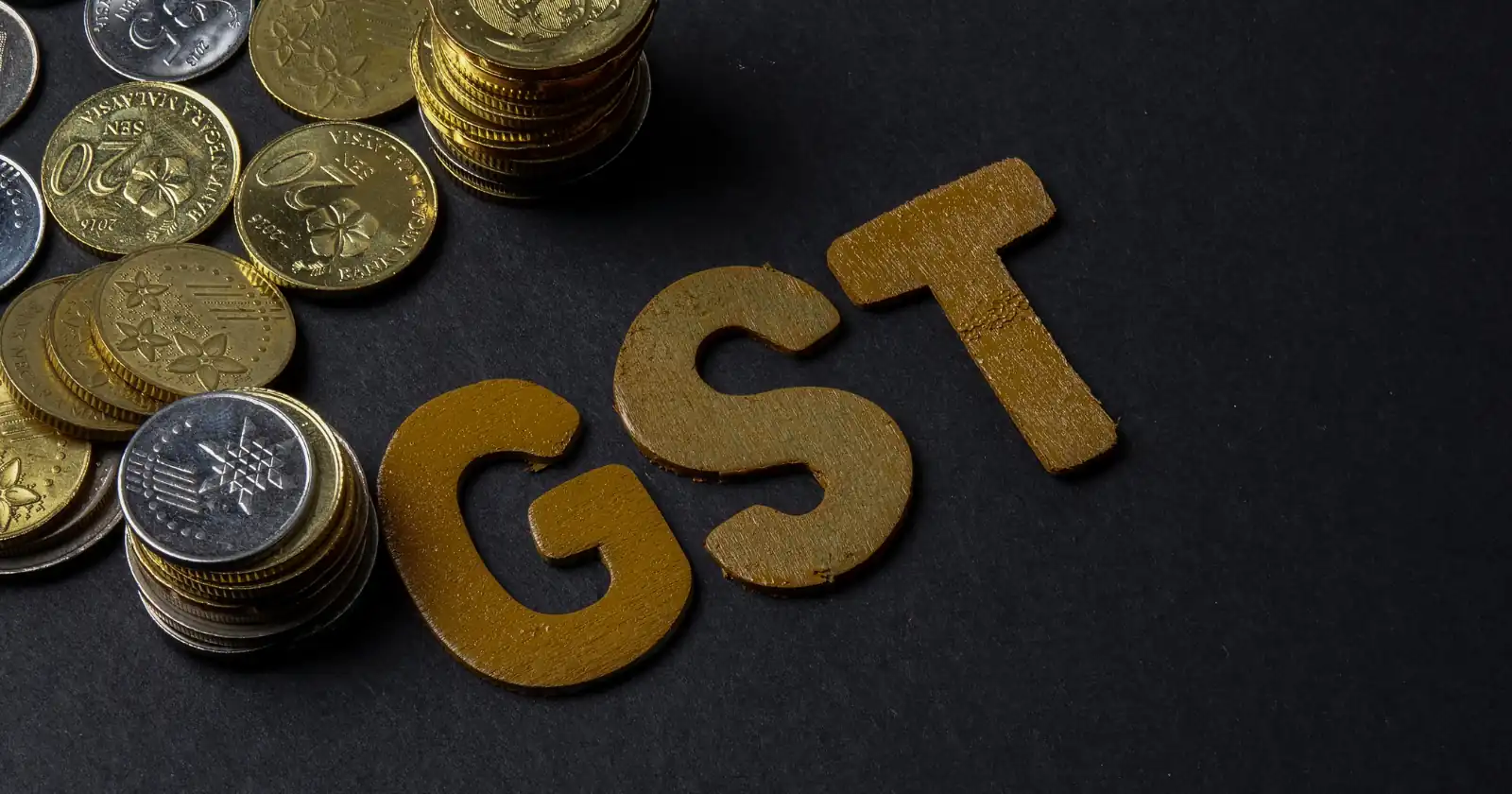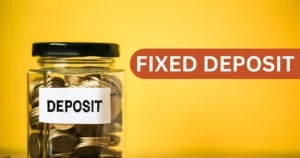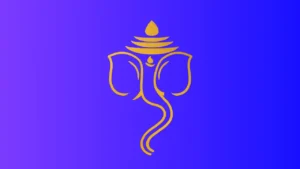Today in this article we’ll discuss the Goods and Service Tax Famously known as GST. Many of you might only know about the full form of GST but not what it means and implies. Today we’ll learn what GST is and the thinking behind creating such a tax regime. Moreover, it was introduced in 2017 to replace different taxes that were earlier levied upon the consumer now all of them have been assumed under GST let’s have a look at Full form of GST.
GST Full Form
GST stands for Goods and Service Tax , it is levied by the central government and replaces all the other taxes such as VAT and Excise.
What is GST in India?
GST stands for Goods and Services Tax which came into effect on 1 July 2017. This is indirect taxation, which is generally paid by the final consumer.GST has replaced many other indirect taxes like excise duty, VAT, service tax, entry tax and luxury tax. In short, this tax is levied on the supply of goods and services. It is calculated on the price charged on any good. Goods and Services Tax in India is a comprehensive, destination-based and multi-stage tax that is added on every value addition. Let’s take a look at what these different terms mean to understand what GST is.
How many types of GST are there in India?
There is a four-fold division of goods and services tax in India. It oversees the levy of taxes for the Central Government, GST for States, Union Territories and Integrated Goods and Services Tax. You can see their details below.
1. Central Goods and Services Tax – The central government levies CGST on transactions of goods and services. It is levied along with State Goods and Services Tax and Union Territory Goods and Services Tax. These are divided between the state and the centre. For example, if you are a businessman from Mumbai and sell to another businessman from Mumbai for an amount of Rs 50,000 with 18% GST calculated, 9% will go to the state treasury, and the other 9% will go to the central government. In the treasury.
2. State Goods and Services Tax – SGST or State Goods and Services Tax is a tax calculated for inter-state transactions of goods and services. The state government keeps this entire tax imposed with itself. This tax replaces other previous taxes such as VAT, octroi, luxury, entertainment and purchase taxes.
3. Integrated Goods and Services Tax – Integrated Goods and Services Tax is the tax that is levied on service transactions and inter-state goods. This also applies to exports and imports. Both the state and the center take their respective shares of the tax. The SGST portion of the tax goes to the state where the goods or services are consumed.
4. Union Territory Goods and Services Tax – Union Territory Goods and Services Tax is similar to State Goods and Services Tax, except that it is levied in the Union Territories of the country instead of the States. So expect to pay this tax in Pondicherry, Daman and Diu etc.
What are the different rates of GST on goods and services?
There are four types of GST slab rates. These are 5%, 12%, 18% and 28%. The GST Council revises these rates to ensure efficient pricing of these products. Here are the different slabs of GST and the various goods and services falling under these categories.
Goods and services available at 5% GST
- Edible Oil, Spices, Tea, Coffee and Sugar
- Coal
- Matting, Coir Mats and Floor Coverings
- Wind based flour mill or wind mill
- Fertilizer
- Natural cork
- Devices for disabled persons, such as Braille paper, Braille watches, hearing aids etc.
- Marble debris
- Indian sweets or sweets
- Separate accessories or vehicle parts for disabled persons
- Fly-ash block
- Biogas
- incense sticks and kites
- life-saving medications and drugs, such as insulin
- Numismatic coins
- Ice and snow
- Walking stick
- Cashew
- First day includes revenue tickets
- Stamp postmark
- Motor car rental without payment for fuel
Goods and services available at 12% GST
- Frozen meat
- Fruit juices
- Diagnostic Kits and Reagents
- Sewing machines
- Handmade matches
- Dairy Products
- Notebooks and exercise books
- Jewellery Box
- Plastic garland
- Two way radio
- Fixed speed diesel engine
- Sauces, ketchup bottles, spices
- Real estate construction
- Hotel accommodation between Rs 1001 and Rs 7500 per day.
Goods and services available at 18% GST
- Eating or drinking at venues with AC and liquor licenses
- Party arrangements with tent and food items
- Movie tickets costing more than Rs 100
- Household product
- Leatherless school bags and satchels
- Shopping bags and handbags made of cotton, jute, artificial plastics and other materials but excluding basketry or wickerwork
- Precast concrete pipe
- Outdoor dining
- Supply of works contract
- Dental wax
- Electrical transformer
- Cap and its parts
- All instruments for measuring length by hand, such as measuring tape, calipers, etc.
- Staplers, pencil sharpeners
- Rear Tractor Wheel Rims, Tractor Housing Transmission, Tractor Center Housing, Tractor Support Front Axle
- Transformers and Industrial Electronics
- Plastic tarpaulin
- Pencil stick for kajal
- Aluminium Foil
Goods and services available at 28% GST
- Caffeinated beverages
- Eating or drinking in 5 star hotels
- Gambling
- Go-karting
- Ballet
- State-owned and state-authorized lotteries
- Car and two wheeler
- Dishwashing machines
- Aerated beverages
- Tobacco products, such as cigarettes
- Racing club services
- Washing machine
- Cement
- Paint
- Air conditioner
- Boats
These are some of the goods and services you can get at these special tax brackets.
What is GST registration?
Every business with a turnover of more than Rs 20 lakh or Rs 10 lakh for North East and Hill States must register as an ordinary taxable person. This process is called GST registration. GST registration usually takes 3-6 days and can be quite a daunting process.
How to register for GST?
Every person or business must register for GST. You have to apply with the Goods and Services Network (GSTN). Once you register, you will receive a Goods and Services Tax Identification Number. This is a 15 digit number which is issued state wise after completing the registration.
Documents for online GST registration process
Some of the documents you will need while registering for GST are:
- PAN card of an applicant
- PAN, Voter or Aadhaar card of promoters and partners
- Business address proof in the form of lease agreement, rent or other utility bills
- Account details of the firm, or individual or company
- Partnership Deed or Incorporation Certificate.
So this was all about the Full form of GST and all the information related to it we hope that we were able to cure your curiosity and gave you the information that you were looking for.





